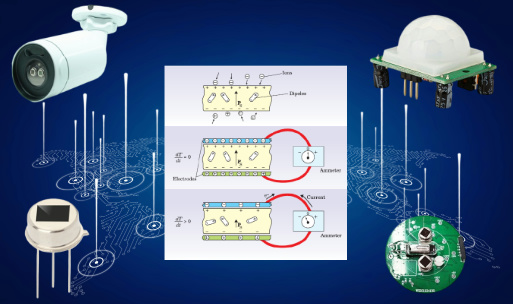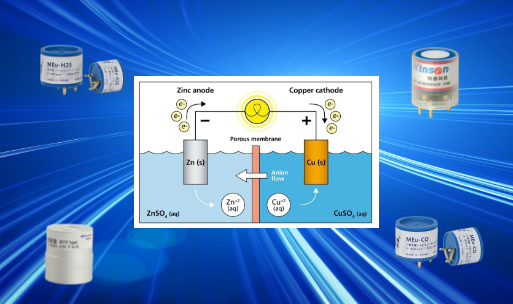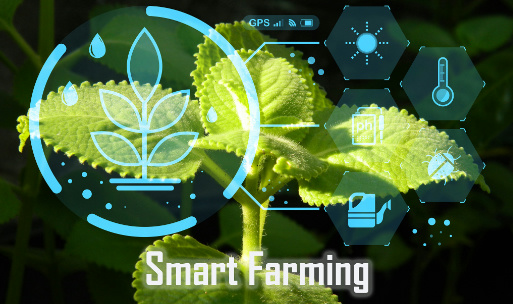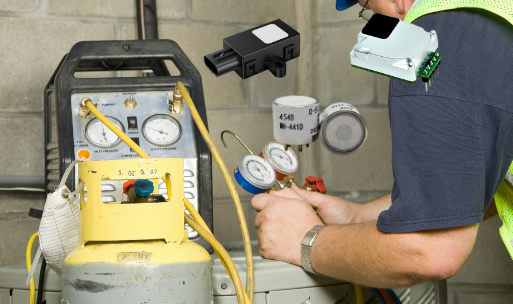
In recent years, automobiles are changing from a single means of transportation to a third space integrating leisure, entertainment, office and other functions. People have higher and higher requirements for safe, healthy and comfortable driving, which also promotes the development of automobile intelligentization. In this process, sensors of various physical, chemical and biomass are integrated into automobiles, and multi-sensor fusion has become the mainstream trend.
From the perspective of the internal environment, the air quality in the car has become one of the important considerations for consumers when buying a car. As early as 2011, the Ministry of Environmental Protection and the General Administration of Quality Supervision, Inspection and Quarantine jointly issued the "Guidelines for Air Quality Evaluation in Passenger Cars" (GB/T 27630-2011), which was officially implemented on March 1, 2012. TVOC, toluene, xylene, ethylbenzene, styrene, formaldehyde and other harmful gases in the car can be detected by corresponding gas sensors, and automatically improved according to the detected concentration content, thereby improving driving comfort.
From the perspective of the external environment, automobile exhaust contains nitrogen oxides (NOX) particulate matter (PM), hydrocarbons (HC) and other substances, so different sensors are required to detect them to improve the combustion efficiency and energy of automobile fuel, conversion rate and reduce polluting gas emissions. At present, the gas sensors used in automobiles mainly include nitrogen oxide sensors, ammonia gas sensors and particulate matter sensors.
From the perspective of safety, hydrogen energy technology and fuel cell technology are important breakthroughs in the transformation and upgrading of the global automobile and energy industries, and are also important directions for the sustainable development of the automobile industry in the future. The gas safety monitoring, hydrogen safety detection, and battery leakage detection of new energy vehicles all need the help of sensors.
Not only that, in order to prevent passengers from being trapped in the car, the carbon dioxide concentration in the car can be detected to determine whether there is life left in the car, and to remind the car owner in time to avoid tragedy.
Sensing technology is one of the basic technologies to realize the intelligentization of automobiles. Since automobiles need to bear more vibrations and impacts during driving, it is necessary for automobile sensors to meet the requirements of high stability and long life, so the reliability and Stability are also the most emphasized performance of automotive-grade sensors.
Winsen Technology will bring laser dust sensor, vehicle CO2 module, vehicle AQS module, hydrogen energy detection module, vehicle temperature sensor, battery pack thermal runaway detection and other sensors, modules and solutions that can be applied to the automotive field. With more than 20 years of technology accumulation, Winsen empower the industry to develop a new ecology and jointly promote the technological progress of the new energy vehicle industry, and build a safe, green, healthy and sustainable future!







